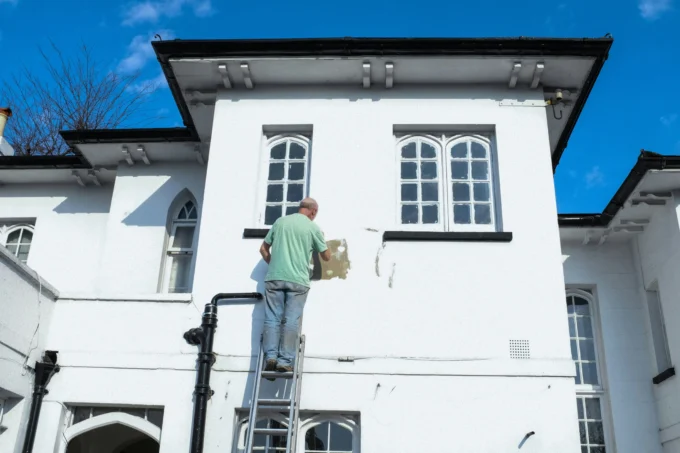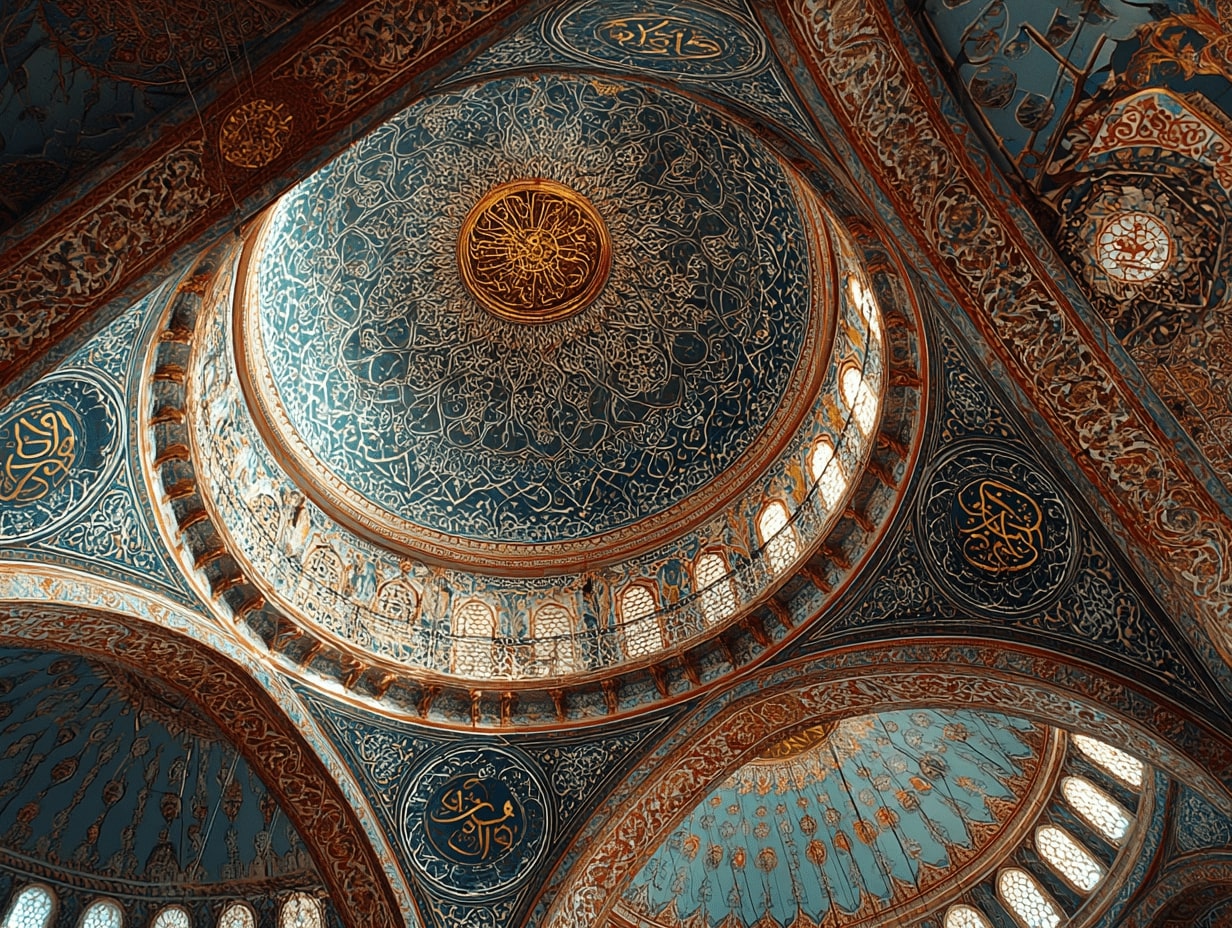- Home
- Articles
- Architectural Portfolio
- Architectral Presentation
- Inspirational Stories
- Architecture News
- Visualization
- BIM Industry
- Facade Design
- Parametric Design
- Career
- Landscape Architecture
- Construction
- Artificial Intelligence
- Sketching
- Design Softwares
- Diagrams
- Writing
- Architectural Tips
- Sustainability
- Courses
- Concept
- Technology
- History & Heritage
- Future of Architecture
- Guides & How-To
- Art & Culture
- Projects
- Interior Design
- Competitions
- Jobs
- Store
- Tools
- More
- Home
- Articles
- Architectural Portfolio
- Architectral Presentation
- Inspirational Stories
- Architecture News
- Visualization
- BIM Industry
- Facade Design
- Parametric Design
- Career
- Landscape Architecture
- Construction
- Artificial Intelligence
- Sketching
- Design Softwares
- Diagrams
- Writing
- Architectural Tips
- Sustainability
- Courses
- Concept
- Technology
- History & Heritage
- Future of Architecture
- Guides & How-To
- Art & Culture
- Projects
- Interior Design
- Competitions
- Jobs
- Store
- Tools
- More
Fluid Modeling in Architecture: Transforming Design with Innovation and Sustainability
Explore how fluid modeling is revolutionizing architecture by merging creativity and technology. Discover how dynamic, organic forms enhance aesthetics, functionality, and sustainability, utilizing advanced computational tools and techniques. From urban landmarks to residential designs, learn how fluid modeling drives innovation while balancing environmental and practical needs.

Architecture is constantly evolving, and one of the most exciting advancements shaping the field today is fluid modeling. By blending creativity with cutting-edge technology, fluid modeling allows us to design structures that are not only visually stunning but also highly functional. It’s a game-changer, pushing the boundaries of what’s possible in architectural design.
With its ability to mimic the flow and movement of natural elements, fluid modeling opens up endless possibilities for creating dynamic, organic forms. From futuristic skyscrapers to sustainable urban spaces, this approach helps us reimagine how buildings interact with their environment. It’s not just about aesthetics—it’s about innovation and adaptability.
As we embrace this transformative tool, we’re witnessing a shift in how architecture responds to modern challenges. Fluid modeling isn’t just a trend; it’s a glimpse into the future of design, where imagination and technology come together to redefine our built world.

Table of Contents
ToggleWhat Is Fluid Modeling In Architecture?
Fluid modeling in architecture refers to the process of designing structures with flowing, dynamic forms that emulate natural, organic shapes. This approach integrates computational tools, algorithms, and digital simulations to generate complex geometries. It prioritizes seamless, adaptive designs over rigid, linear structures, enhancing both aesthetics and functionality.
Using fluid modeling, we analyze environmental factors like airflow, sunlight, and thermal conditions to create responsive buildings. This allows architects to optimize designs for sustainability and energy efficiency. For example, curved facades can direct wind patterns or maximize natural light within a space.
Parametric design tools, such as Rhinoceros 3D and Grasshopper, play a pivotal role in fluid modeling by enabling precise control over geometries. These tools allow for rapid iteration, ensuring that forms align with structural feasibility and design intent. This method applies across various projects, from urban developments to art installations.
Importance Of Fluid Modeling In Modern Design
Fluid modeling plays a central role in transforming architectural design by combining form, functionality, and sustainability. This method redefines creativity through advanced tools and technologies.

Enhancing Aesthetics And Functionality
Fluid modeling enables architects to create visually striking designs while ensuring practical applications. By leveraging complex geometries and smooth transitions, architects achieve seamless integration of form and space. For example, flowing rooflines or curved facades enhance structural harmony and user experience. Tools like parametric algorithms allow precise adjustments, ensuring that aesthetic elements align with construction feasibility. This approach also improves spatial organization, maximizing usability without compromising artistic expression.
Sustainable Design Approaches
By incorporating environmental analytics, fluid modeling supports sustainable building strategies. Computational tools analyze conditions such as wind flow, solar energy, and thermal performance to inform design decisions. For instance, curved surfaces can redirect airflow, reducing cooling demands in warm climates. Utilizing energy-efficient materials in conjunction with fluid forms minimizes waste and energy consumption. Designers can also adapt structures to local ecosystems, encouraging compatibility with natural surroundings while maintaining ecological balance.
Techniques And Tools For Fluid Modeling In Architecture
Fluid modeling leverages advanced tools and methods to create adaptable, innovative designs. This approach combines cutting-edge software with computational algorithms to generate organic, optimized forms.

Popular Software And Tools
Architects use software like Rhinoceros 3D, Grasshopper, and Autodesk Maya for fluid modeling. Rhinoceros 3D is versatile for designing and analyzing complex geometries, while Grasshopper adds parametric scripting capabilities for adaptive shapes. Maya facilitates dynamic visualizations and animations for more fluid, organic representations. Tools like Scan&Solve and Revit further support structural validation and seamless integration into workflows.
Plugins such as Kangaroo (for physics simulations) and Ladybug Tools (for environmental analysis) enhance these platforms, making fluid modeling more precise. Accurate simulations of airflow, light penetration, and thermal behavior enable informed design decisions tailored to specific site conditions.
Computational Methods And Algorithms
Core computational methods include parametric modeling, generative design algorithms, and finite element analysis (FEA). Parametric modeling focuses on adjusting design parameters to create flexible, scalable forms. Algorithms like particle swarm optimization aid in generating designs that respond to environmental data, such as wind or sunlight.
FEA analyzes structural performance under real-world conditions, ensuring feasibility alongside beauty. Scripting languages like Python and C# integrate with platforms to allow for custom algorithm development, enabling architects to model unique geometries with precision. By using these methods, we can evaluate multiple design iterations quickly, streamlining the transition from concept to reality.
Applications Of Fluid Modeling In Architectural Projects
Fluid modeling finds diverse applications in architectural design, bridging form and function across various project types. Architects leverage its capabilities to create innovative designs that enhance usability and visual impact.

Urban Structures And Skylines
Fluid modeling transforms cityscapes through dynamic, adaptive designs. Skyscrapers and urban landmarks utilize parametric tools for aerodynamic forms, reducing wind resistance and improving structural stability. Complex geometries, like curved facades and twisting profiles, achieve unique aesthetics while maximizing urban space efficiency. For example, the Shanghai Tower’s spiraling design minimizes wind loads, enhancing sustainability and comfort.
By integrating environmental data such as sunlight angles and airflow patterns, architects optimize façades to reduce energy use in urban environments. Shading devices and reflective surfaces designed through computational modeling decrease heat gain, contributing to green building initiatives. Projects like Zaha Hadid’s flowing urban complexes demonstrate the potential for fluid modeling to redefine architectural innovation on a metropolitan scale.
Residential And Commercial Spaces
Architects enhance functionality and aesthetics in residential and commercial designs by applying fluid modeling techniques. Organic shapes create spatial harmony, fostering comfort and adaptability in living and working environments. Seamless transitions between spaces, enabled by flowing interiors, promote better spatial organization and user interaction.
Commercial buildings use fluid modeling to attract attention with innovative exteriors while optimizing internal layouts for tenant needs. Environmental simulations refine designs for energy efficiency by analyzing heating, ventilation, and lighting. A prime example is The Eden project in the UK, where fluid forms support structural efficiency and a focus on sustainability within residential and commercial contexts.
By combining form, flexibility, and environmental adaptability, fluid modeling drives advanced architectural design in urban, residential, and commercial settings.
Challenges In Fluid Modeling
Architects face several challenges when integrating fluid modeling into design processes. These issues often stem from technical constraints and resource requirements, which can impact feasibility and execution.

Technical Limitations
Fluid modeling often involves complex algorithms and simulations that demand significant computational power. Advanced software like Rhinoceros 3D and Grasshopper requires high-performance hardware to ensure smooth operation and quick iteration. Without proper infrastructure, processing delays can slow workflows and hinder productivity.
Precision is another challenge, as translating organic, dynamic forms into structurally sound designs relies on accurate simulations and measurements. Minor inaccuracies in parametric modeling or finite element analysis (FEA) can result in structural instabilities or impractical designs during construction.
Interoperability issues can arise when integrating fluid modeling tools with other design or construction software. For example, exporting complex geometries from Grasshopper into Building Information Modeling (BIM) platforms like Revit may lead to data loss or compatibility errors, complicating project workflows.
Cost And Time Implications
Implementing fluid modeling in projects requires significant investments in both time and resources. High-performance workstations, advanced software licenses, and training for new tools can increase initial project costs. For instance, acquiring and mastering specialized plugins like Kangaroo or Ladybug Tools requires additional time and financial outlay.
The iterative nature of fluid modeling further impacts timelines. Designing and testing multiple iterations to optimize forms for adaptive and environmental performance can extend the design phase. While this improves overall outcomes, it may not align with tight project schedules.
Custom fabrication techniques needed for complex, organic forms can also escalate costs. Methods like 3D printing or CNC machining often require precision machinery and skilled labor, which add to both the project budget and production timelines.
Future Of Fluid Modeling In Architecture
Fluid modeling is set to redefine architectural approaches by merging innovative technologies with sustainable design practices. Emerging advancements promise greater precision, adaptability, and creativity in shaping built environments.

Advancements In Technology
Technological progress continues to expand the horizons of fluid modeling. Computational design software like Rhino and Grasshopper now integrates enhanced simulation capabilities, enabling architects to evaluate environmental impacts in real-time. Advanced hardware, such as GPUs optimized for rendering, accelerates modeling processes, allowing us to create detailed forms more efficiently. Additive manufacturing, including large-scale 3D printing, facilitates the construction of complex geometries previously unattainable using conventional techniques. These advancements reduce material waste and optimize structural integrity, reinforcing sustainability.
Materials science contributes by introducing smart materials that adapt dynamically to external factors like temperature and light. This supports the creation of responsive architectural elements, such as facades that self-regulate energy efficiency based on real-time environmental data.
Integration With Artificial Intelligence
Artificial intelligence (AI) is transforming fluid modeling by incorporating intelligent algorithms into design workflows. Generative design powered by AI analyzes millions of potential configurations, allowing us to identify optimal solutions that balance aesthetics, functionality, and sustainability. Machine learning algorithms predict structural performance under varying conditions, minimizing risks during construction.
AI-driven tools like Autodesk’s Dreamcatcher and NVIDIA Omniverse streamline collaboration among design teams, providing real-time feedback and prediction models. These platforms integrate with existing modeling software, simplifying workflows and reducing the iterative process length. Furthermore, AI enhances environmental analytics by accurately forecasting energy consumption and climate impacts, ensuring designs align with sustainability goals.
Conclusion
Fluid modeling in architecture has revolutionized the way we approach design by merging advanced computational tools with creative vision. This method enables architects to explore dynamic, organic forms that align aesthetics with functionality while addressing environmental sustainability. By leveraging tools like Rhinoceros 3D, Grasshopper, and generative design algorithms, we can quickly iterate and refine designs to meet both structural and ecological demands.
The applications span diverse architectural domains, from urban landmarks like the Shanghai Tower to innovative residential and commercial spaces exemplified by The Eden Project. Each project demonstrates how fluid modeling enhances spatial usability, energy efficiency, and visual impact. Through parametric tools and environmental analytics, fluid forms integrate seamlessly with their surroundings, creating adaptive structures suited for contemporary needs.
Nonetheless, challenges such as cost, technical precision, and interoperability between software highlight the complexity of implementing these techniques. Overcoming these barriers demands investment in both technology and expertise, yet the long-term benefits in innovation and sustainability far outweigh the initial efforts.
Technological advancements, including AI integration and additive manufacturing, are pushing the boundaries of what’s achievable in fluid modeling. These innovations are setting the stage for transformative architectural practices, enabling us to design future-ready buildings that balance human needs with environmental concerns.
- advanced architectural modeling
- architecture design innovation
- architecture design technology
- cutting-edge architectural modeling
- dynamic architectural design
- eco-friendly building design
- environmentally friendly architecture
- fluid architecture design
- fluid design in architecture
- fluid modeling in construction
- future of architecture design
- green building solutions
- Innovative Architectural Design
- innovative architectural modeling
- parametric design architecture
- smart architecture solutions
- sustainable architectural modeling
- sustainable architecture solutions
- sustainable building design
- Sustainable Design Techniques
Submit your architectural projects
Follow these steps for submission your project. Submission FormLatest Posts
Furniture Movers by the Hour: Complete Guide to Hourly Moving Services in 2025
Introduction Furniture movers by the hour are professional moving services that charge...
Where To Charge Rivian: Complete Guide to Charging Locations and Networks
Introduction Rivian electric vehicle owners can charge their vehicles through multiple charging...
Frank Gehry Architecture: Style, Innovation and Iconic Works
Frank Gehry is one of the most influential architects of our time,...
The Dialogue Between Islamic Architecture and Modern Design
Explore Islamic architecture and modern design: climate-smart strategies, case studies, and courtyards,...












Leave a comment